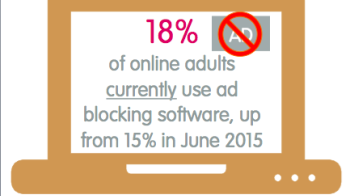Real_Living: Full results - how devices compete for attention in the living room
The Real_Living study – carried out by award winning research agency, Sparkler – investigates the degree to which the rise of internet-connected devices has impacted the traditional TV watching living room dynamic, and how people really divide a finite amount of attention between different screens.
The study involved a survey of 1,010 online adults, passive monitoring of the online and app usage of 47 people over 7 days, and an ethnographic study of two households with biometric data in one of the households. It reveals what's really happening in the modern living room by exposing 3 key myths:
-
Myth one: The TV screen is the dominant screen in the living room. Connected devices are used as ‘second screens’
-
Myth two: The TV content / advertising schedule determines behaviour in the living room
-
Myth three: People are multi-tasking and multi-screening
As younger generations get older and technology adoption increases, fragmentation of attention will increase and advertisers should consider how best to communicate in this new environment.
You must be a member of the IAB UK to view this content. If you are not a member you can find out more here.
Related content
How does Real_Living relate to neuroscience
Learn moreReal_Living Highlights 2016
Learn moreThe Big Cross-Screen Handbook
Learn moreAd blocking software - consumer usage and attitudes - October 2015
Learn more
Fast forward to 2030 with Futurescape
An in-depth exploration of the attitudes, innovations and media shifts that will shape the years ahead and redefine how we advertise by the turn of the decade


